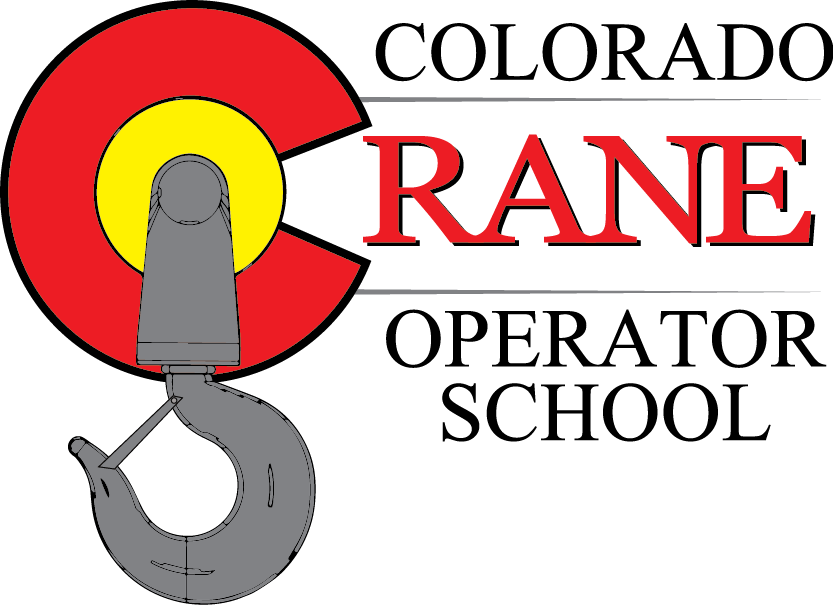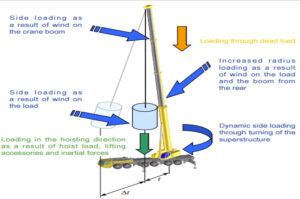Crane Safety – how should you address wind conditions on-site?
Ok, guys, so I wanted to talk about wind conditions on-site. We all want to be the top tier crane operator that can do it all and prove to the guys that we can do everything and anything. I travel to many sites across the United States and see the new generation of crane operators and old school operators at work. It seems everyone is on the same page when it comes to safety and the wind when booming up or operating. It is great to see no one is trying to push the limits.
Here are some crane safety tips and terms to use and look for out on site.
Most, if not all, of the cranes have an anemometer installed on the crane nowadays. If your crane is not currently equipped with one, then we encourage you to get one and to install it at the highest point of the crane. The anemometer is an instrument that measures the speed and direction of the wind. Some construction sites may require the use of a data logger to obtain more accurate readings. Another useful resource is to read the operator’s manual for the specific crane to find wind out conditions and how that relates to the safe operating procedures.
Also, keep in mind that different construction sites may have a more stringent rule for being winded out than what the manufacturer recommends. Make sure you check with the GC or Superior for their policies in place.
Most importantly, do what makes you feel comfortable when working in windy conditions.
Everyone has the right to stop work. THIS INCLUDES YOU. Sometimes stopping work for a half-hour to an hour till the wind dies down is a better decision than trying to push through it. Be safe, be smart, be responsible.
Keep in mind that high wind speed affects the capacity of the crane by increasing the side loading on the boom and the load radius and by decreasing the tipping capacity. It also makes it harder to handle the load. Be cautious in the wind there is a difference between constant wind and gusts.
Source: WindCrane
To learn more about crane safety or to become a certified crane operator with hands-on experience then feel free to contact us at any time.





